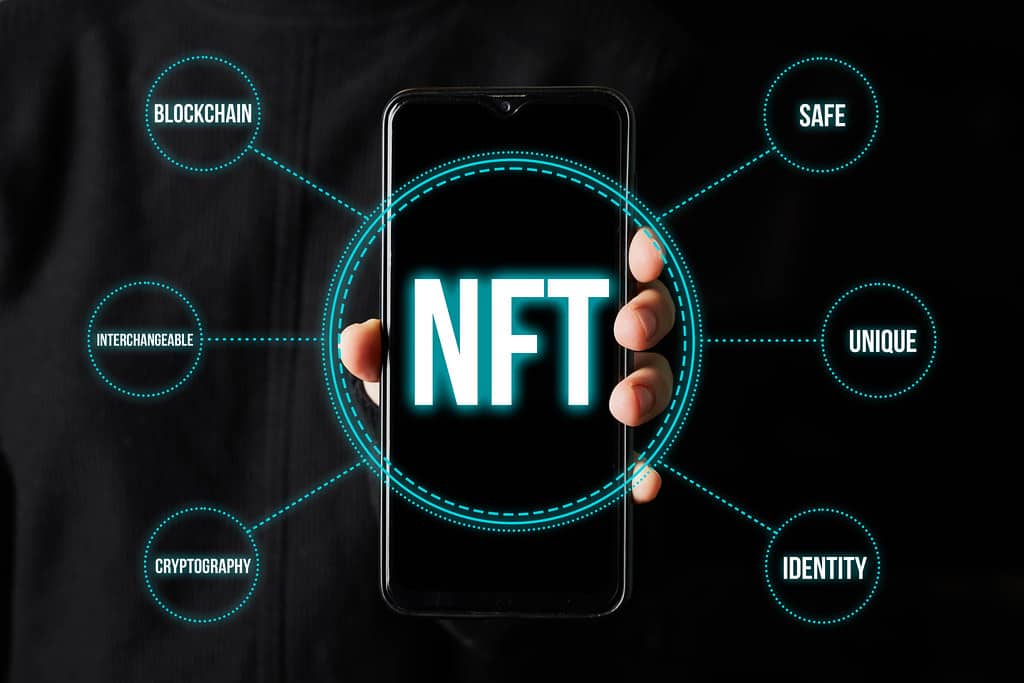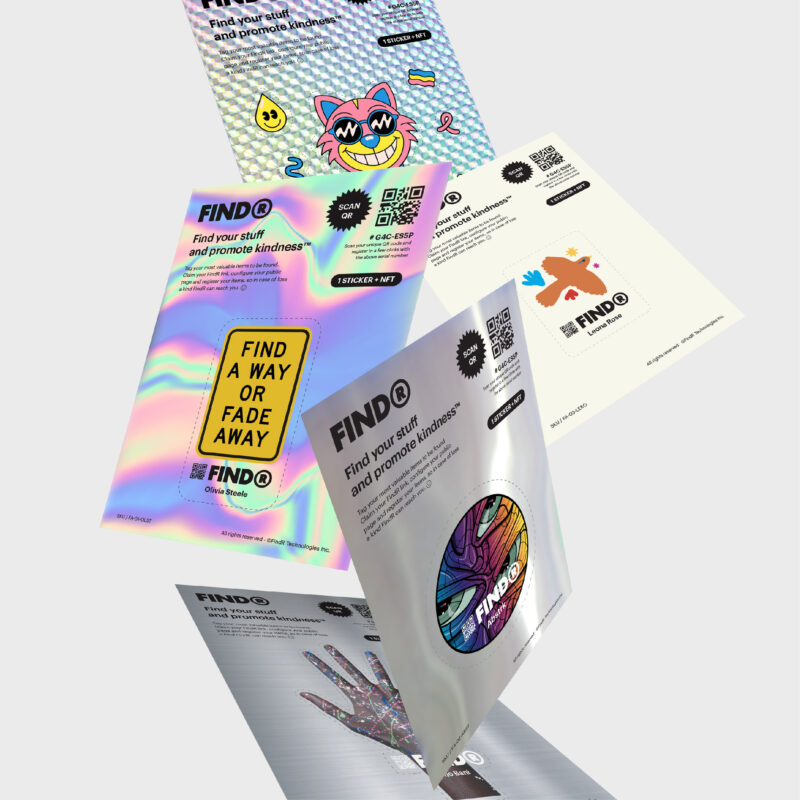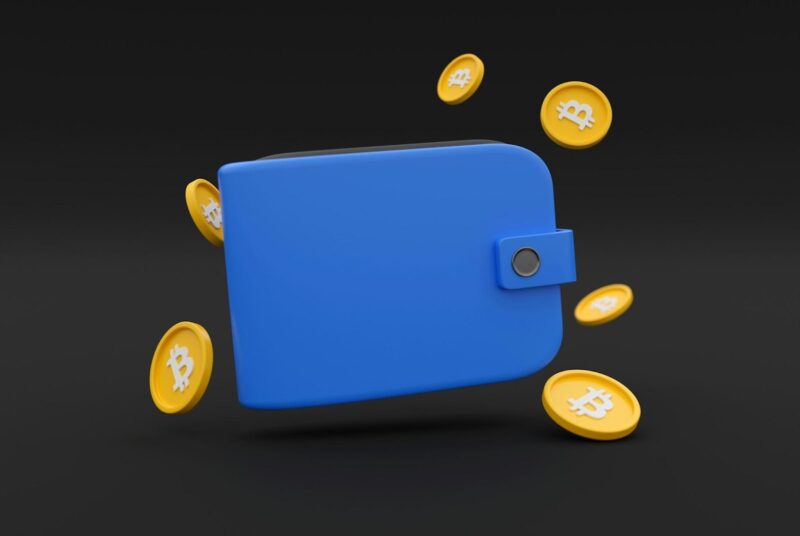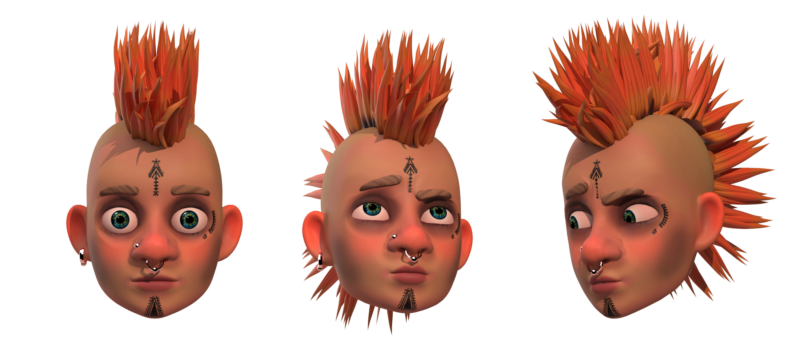Tabish Khan the @LondonArtCritic loves art and visits hundreds of exhibitions a year. But every now and then he comes across something in the art world that doesn’t meet his approval.

Ever since Non-fungible tokens (NFTs*) exploded on the scene in 2019 with the sale of a work by Beeple for $69m, hundreds of artists and galleries have moved into what can be a very lucrative market. What’s as common as articles about NFTs is everyone having an opinion on them – with those at one end stating that they are a flash in the pan bubble that will be forgotten within a decade or less, with others claiming it will shake up the art world.
So who is right – bubble or brilliant? As with most things in life, you’re best off ignoring the extremes and focussing on the silent middle ground. Yes, it’s not going to grab any sensationalist headlines but the right answer most likely sits somewhere in between the two extremes. Not exactly headline grabbing news, but a lot likelier outcome.
Now I don’t have a crystal ball and can’t predict the future, if I did I’d have made some clever investments and I’d be writing this from a private island – and while my two bedroom flat is lovely, it’s no private island.
However, we can look back at history and see similar trends. NFTs may be a new medium for art but a lot of disruptive elements are reflected elsewhere. For example it bypasses the existing gallery model, but then so does social media – I recently went to the CJ Hendry exhibition in Mile End which regularly had two hour long queues to get in and that was largely down to social media presence, with little coverage in major media outlets. Now TikTok may end up surpassing Instagram, much like the latter did to Twitter and Facebook – but there’s no question that social media is here to stay, just like I don’t think NFTs are going anywhere after establishing the current beachhead.
It’s also important to look further back and remember how other new mediums such as photography and video disrupted art and changed the course of art history, eventually finding their place within fine art. I imagine that those railing against NFTs at the moment aren’t too dissimilar to their late 19th century fist waving equivalents who believed only painting should be shown in galleries, and not photography.
So far NFTs are largely confined to private sales online or via galleries, there hasn’t yet been major exhibitions at museums dedicated so they haven’t had that final stamp of approval just yet – or at least I haven’t heard of any NFT museum shows. Though with news that mega art gallery Gagosian is setting up a platform for NFTs it’s clear they are here to stay, and that museum show is probably 2-5 years away.
I’m not for or against NFTs, and it’s clear that like any emerging market it’s a bit of a Wild West with works of varying quality, sky high prices that will likely fall in the near future and issues with security and environmental footprint to deal with. Despite all that it’s clear that NFTs are here to stay – and if you don’t like that then you’re just going to have to get used to it.
* When this article mentions NFTs it is referring to the artworks associated with NFTs. Technically this is incorrect as the NFT is actually the token associated with the digital artwork itself. However, NFT artworks are now commonly referred to as NFTs and that’s the nomenclature used in this piece.
For more in this series, see my thoughts on poor press releases, experience as art, commercial as a dirty word, new galleries opening in London, video art at home, the Hockney roundel, art finds a way, art being free, Online exhibitions, Turner Prize 2019, artist’s request for feedback, the reaction to the shredded Banksy, #FriezeWeek, Blockchain hype, Finding art, Private views, Art itself, Appointment only exhibitions, Artificial Intelligence replacing artists, Everyone’s a Critic, Photo London, The Turner Prize, Art for art’s sake, Conceptual art is complicated, Condo, How performance art is presented in museums, Frieze week floozies, too much respect for an artist’s legacy, opinions not being welcome, an exhibition across three countries, tackling race and gender in art, artist-curators, art fair hype, top 5s and top 10s, our political art is terrible, gap left by Brian Sewell, how art never learned from the Simpsons, why artspeak won’t die, so-called reviews, bad reviews are bad for business, the $179m dollar headline, art fairs appealing to the masses, false opening hours, size matters and what’s wrong with video art.
Image by Marco Verch and licensed under Creative Commons.







